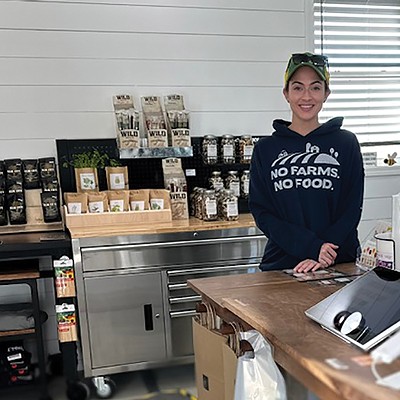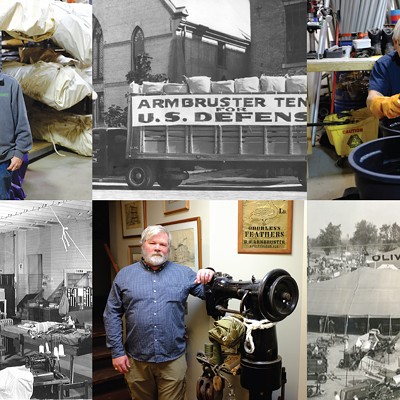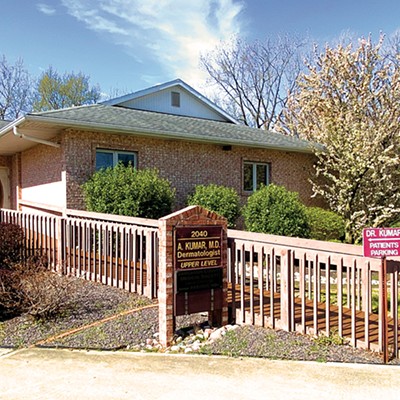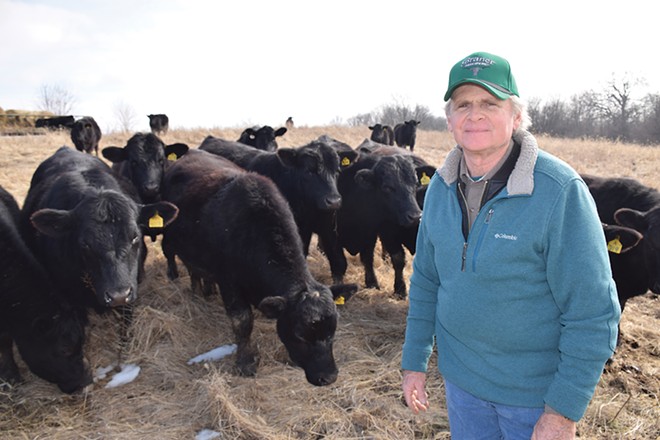
This economical process makes healthier soil, which makes healthier plants, which makes healthier animals, which makes healthier consumers. So why haven't more livestock farmers adopted the practice of regenerative grazing?
"The answer is really very simple, lack of knowledge and awareness," said Allen Williams, a founding partner of Understanding Ag LLC. "You can't implement what you do not know. Once you are aware and have a clear understanding of how to do this, you're going to do it."
Williams was one of the keynote speakers during the Illinois Grazing Lands Coalition's Inaugural Grazing Conference held March 12-13 in Springfield. The conference informed attendees about improved grazing management and what it could mean for their land, their livestock and their livelihoods. The conference was aimed at anyone who raises livestock, especially beef and dairy cattle, and the presenters showed how a deliberate, planned strategy of moving livestock from one grass feeding area to another, or regenerative grazing, can benefit all levels of the food chain.
The main problem with regenerative grazing is that it's different from the traditional Illinois farming operation where corn and soybeans are king, and cattle are usually nourished with the products of those crops in muddy feedlots.
"Their whole business model, everything about the way they manage, is all predicated on what they have always done," Williams said. "When you're unaware of another way, you often have this reservation about change. It begins with the transformation of the mind before we can transform our practices."
Transforming the mind about grazing is something that Williams does. He is a sixth-generation family farmer and former university professor from Mississippi who has consulted with more than 4,000 farmers and ranchers in the United States, Canada, Mexico, South America and Europe. Williams pioneered many of the grazing techniques he now teaches and he uses ecology, biology, nutrition and economics to make his case for regenerative grazing.
According to Williams, the key to regenerative grazing is shaking things up.
"Modern agriculture lacks diversity. I dislike the term 'sustainability' because there is no sustaining in agriculture," Williams said. "You cannot stay the same. Nature always yields incredible diversity in soil microbes, macro-organisms, plants and animals. Mother Nature did not grow monocultures, so why should we?"
Regenerative grazing is about farming and ranching in synchrony with nature, Williams said, where you start the focus with life beneath the soil and move to the life above. The planned and varied movement of grazing animals from one paddock, or forage-filled enclosure, to another rejuvenates the growth of soil microbial matter and plant roots. It can help create an additional 14.7 inches of regenerated, healthy soil in just four years.
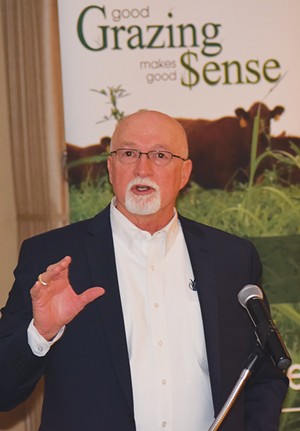
Williams said healthier soil enhances water infiltration and retention, encourages more plant growth, fosters insect and bird species diversity, and creates better livestock animal health. When livestock is healthier, the consumer who eats the end product gets healthier food as well.
Williams said that modern, non-regenerative agricultural practices since 1940 have depleted the key mineral levels in certain vegetables by as much as 76 percent and the key mineral levels in meat by as much as 54 percent. By contrast, regenerative grazing practices and the healthier plant and meat products that result contain higher levels of key vitamins, minerals, antioxidant and anti-inflammatory compounds, and healthy fatty acids.
Regenerative grazing can also help the climate. Healthy soils, plants and animals are key parts of the naturally occurring carbon cycle upon which life on earth depends. Williams said regenerative farms are four times more powerful carbon sinks than typical farms and are much more resistant to floods and droughts.
Hugh Aljoe is the director of producer relations at Noble Research Institute in Oklahoma and was one of the keynote speakers at the Grazing Conference in Springfield. Aljoe has firsthand, documented research experience with regenerative grazing.
"We use no herbicides, pesticides or fertilizer on our farms," Aljoe said. "We move and watch the cattle, we read the land, and we've improved animal and soil health and reduced our feed costs."
Even with those results, Aljoe said it's still a struggle to sway many farmers toward regenerative grazing.
"It's going to take quite a shift in attitudes. You have to convince farmers that it's profitable while being good for the land," Aljoe said. "Farmers are very fond of saying, 'Well, this is what I have learned.' I say, don't unlearn what you have learned, just learn more."
Another conference speaker, Jeremia Markway of central Missouri's Markway Ranch, told the mostly beef-producing crowd that "You raise cows for respectability and raise sheep for profitability." That garnered some chuckles, but Markway used data he had gathered to make the case that regenerative grazing can be less expensive up front and more profitable in the end if producers switched from cattle to sheep in their operations.
Either way, Markway said regenerative grazing really has no downside if you know your context, or your own unique agricultural situation, and adapt your practices accordingly.
University of Illinois Beef Extension Specialist Travis Meteer talked about the economic possibilities of regenerative grazing, and said that livestock producers might realize additional income if they can effectively market their grass-fed meats to health-conscious and environmentally conscious consumers.
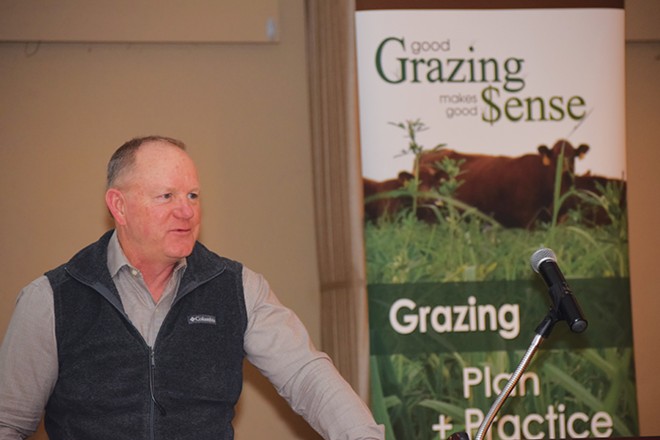
"Grass can solve a lot of our problems if we know what we are doing," Meteer said. "Feed costs traditionally account for 60 percent of the cost of beef cattle."
Cass County farmer Jim Crum has long practiced regenerative grazing for his grass-fed beef operation near Virginia.
"I have seen the difference between conventional versus regenerative grazing," Crum said. "The animals are healthier, so you spend less on veterinary medicine, your feed costs are lower, and the health benefits to the consumer are greater."
Crum, who acknowledged it takes longer to bring grass-fed cattle to market size versus corn-fed, feedlot cattle, said he was encouraged by the people who attended the Grazing Conference.
"I look around the room and I see a lot of younger people here, and I think the younger people are going to influence the others who have been stuck in a rut for so long," Crum said. "Times are changing, people want healthy outcomes that are good for the environment. I think consumers may help to push more farmers toward regenerative practices."
Mason County farmer Walter Lynn appreciated the information and guidance that was presented at the Grazing Conference, but he said it will take face-to-face convincing to get most farmers to change what they have been doing for a lifetime.
"It's a social process where you find a buddy and give him the breakdown, explain the benefits and the cost savings from your own experience," Lynn said. "You need the right mindset. Moving to the next step is a progression, like climbing stairs.
"We have been blessed with our land, and this is an opportunity," Lynn added. "I think we can bring back the soil organic matter to possibly pre-settlement levels. These principles work anywhere in the world. Farmers are farmers."







